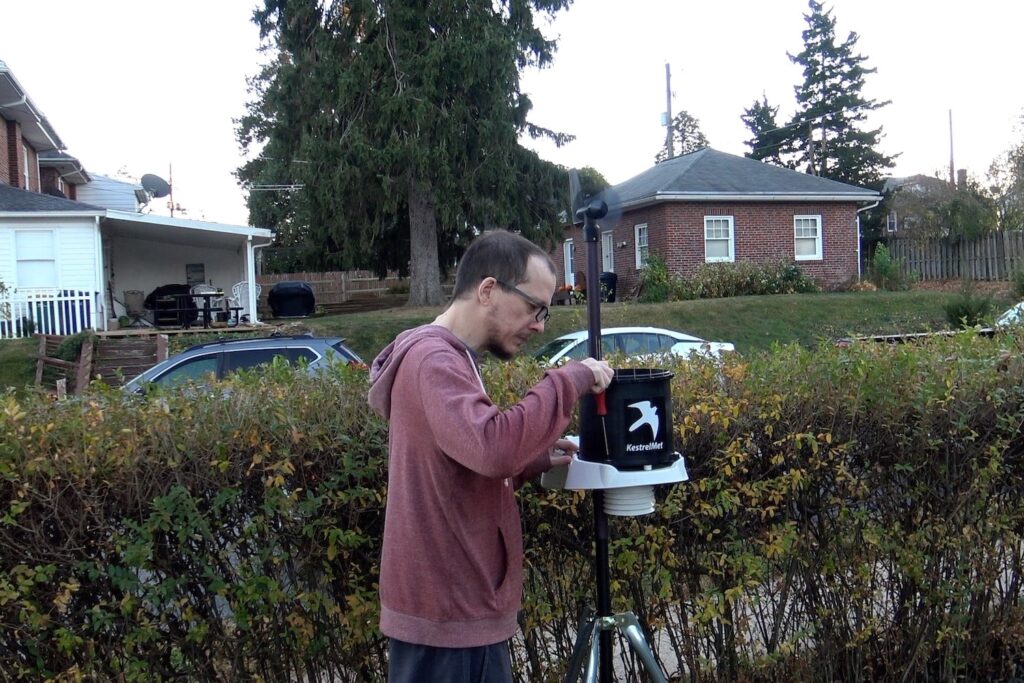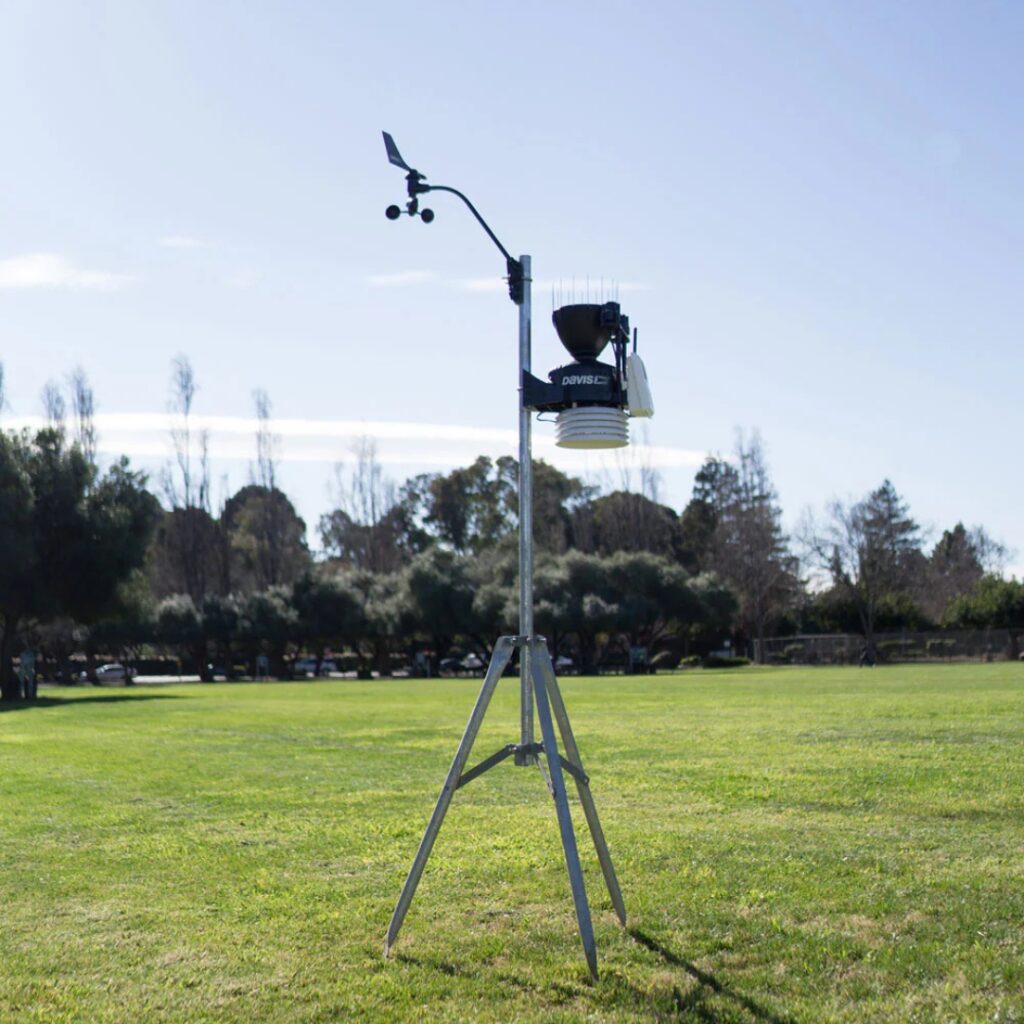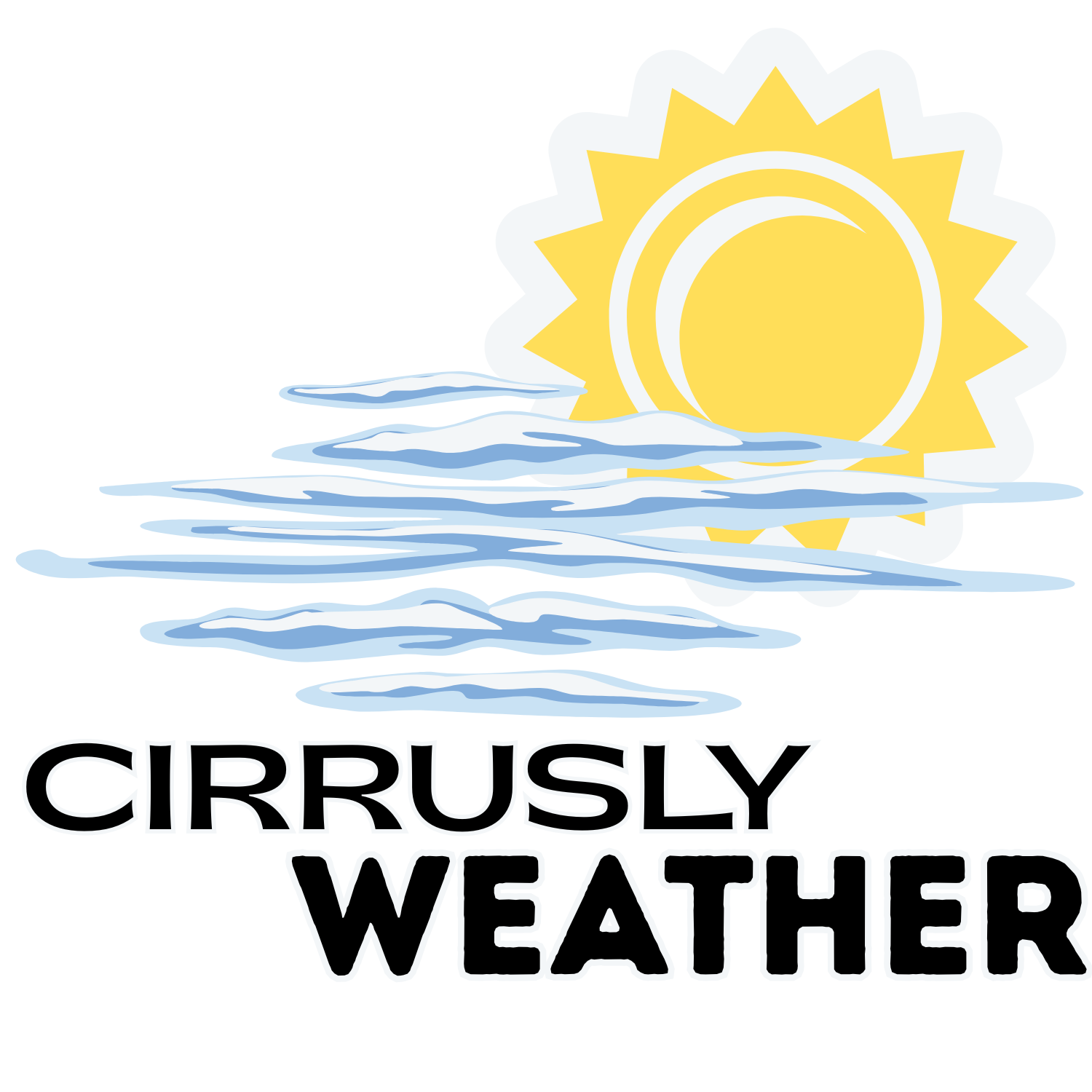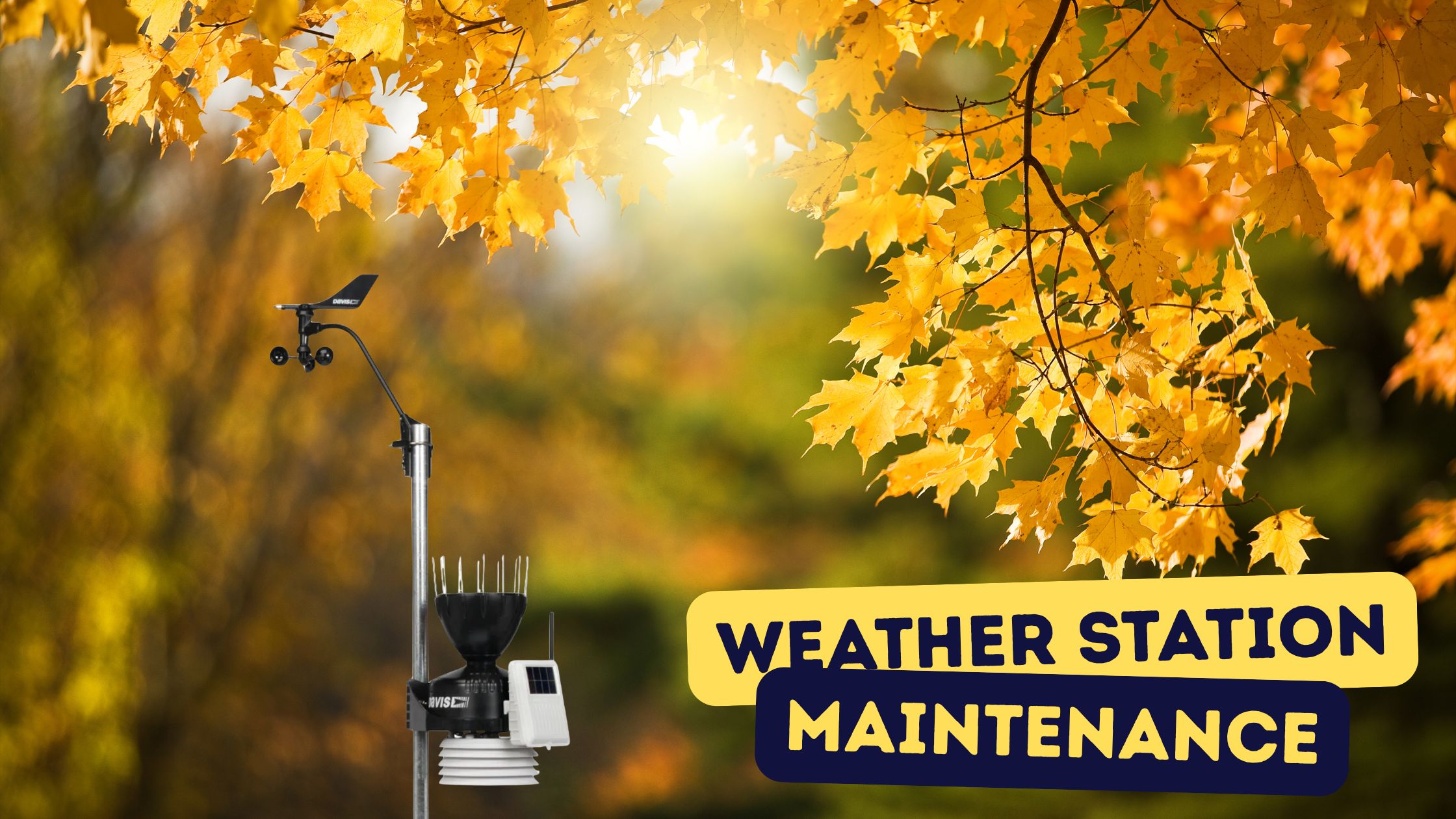As the seasons change, it’s time to ensure that your weather station is ready for the winter months. We share our weather station maintenance recommendations below.
It doesn’t matter if you live somewhere where summer weather is tranquil: your weather station still needs some TLC. Dirt and debris buildup will be present due to pollutants, pollen, and, yes, bird droppings. 🐦⬛💩
We’ve selected Davis Instruments as our flagship home weather station brand due to its reliability and durability. But one way to take years off your Davis from the start is to “set it and forget it.”
Please don’t do that. You should be checking your weather station and immediately addressing any issues yearly. We actually recommend a minimum of twice a year: once in the fall months ahead of winter, and again in the spring after the last snowfall.
Why then? If you’re not doing it more often (which you should), it’s likely your station will be dirtier and in most need of maintenance at these times. In the fall, it might be from pollutants, pollen, and falling leaves. In the spring, following the last snow, it’s not uncommon to still find some leaves and small debris left behind, and on rare occasions, damage caused by freezing water expanding, cracking the plastic.

Weather station maintenance steps
So what do you check?
- First, disconnect your console or receiver from your network! This will prevent false readings.
- Wipe the entire sensor suite down with a soft cloth and water, removing as much debris as possible. Make sure the radiation shielding is especially clean: dirty shielding will cause your temperature to read high.
- Remove any debris from the rain gauge funnel. Even with bird spikes, there will be some buildup.
- If you have a fan-aspirated model, put your ear near the radiation shielding and listen for the fan. As long as you don’t have significant background noise, there should be an audible yet soft whirring sound. Even disconnected from the console, the station’s fan should run 24 hours a day.
- While you’re near the radiation shielding, it’s a good idea to look between the louvres to ensure insects haven’t begun to nest. Removing the shielding completely is also recommended: we’ve found a nest around our temperature and humidity sensor once!
- Inspect your anemometer cup and wind vane, and ensure they move freely without resistance.
- And of course, when you’re done, don’t forget to reconnect your station to the network to start recording data again!
If you run into issues in any of these checks, refer to your instruction manual for further instructions. Never use anything more than mild soap and water to clean your weather station, especially around sensors: stronger cleaning agents will do damage.

But don’t just stop there. There are two other things to check.
- Your location: What was an outstanding location when you first installed your station might not be so optimal now. Ensure that new growth or overgrowth isn’t interfering with the operation of your station or blocking the solar panel.
- Your batteries: While you might be aware of the batteries inside your console for backup, many are not aware that Davis sensor suites have a battery too (why we sell them!). It’s a CR123 battery and provides power to the sensor suite when sufficient solar power is unavailable. This battery typically lasts 2-4 years, as long as a lithium CR123 is used.
Hopefully, your check this fall is issue-free, but if it’s not, we’re here to help. Reach out to us at any time if you run into problems. We can help you find a solution too, even if your Davis station is out of warranty.




Leave a Reply